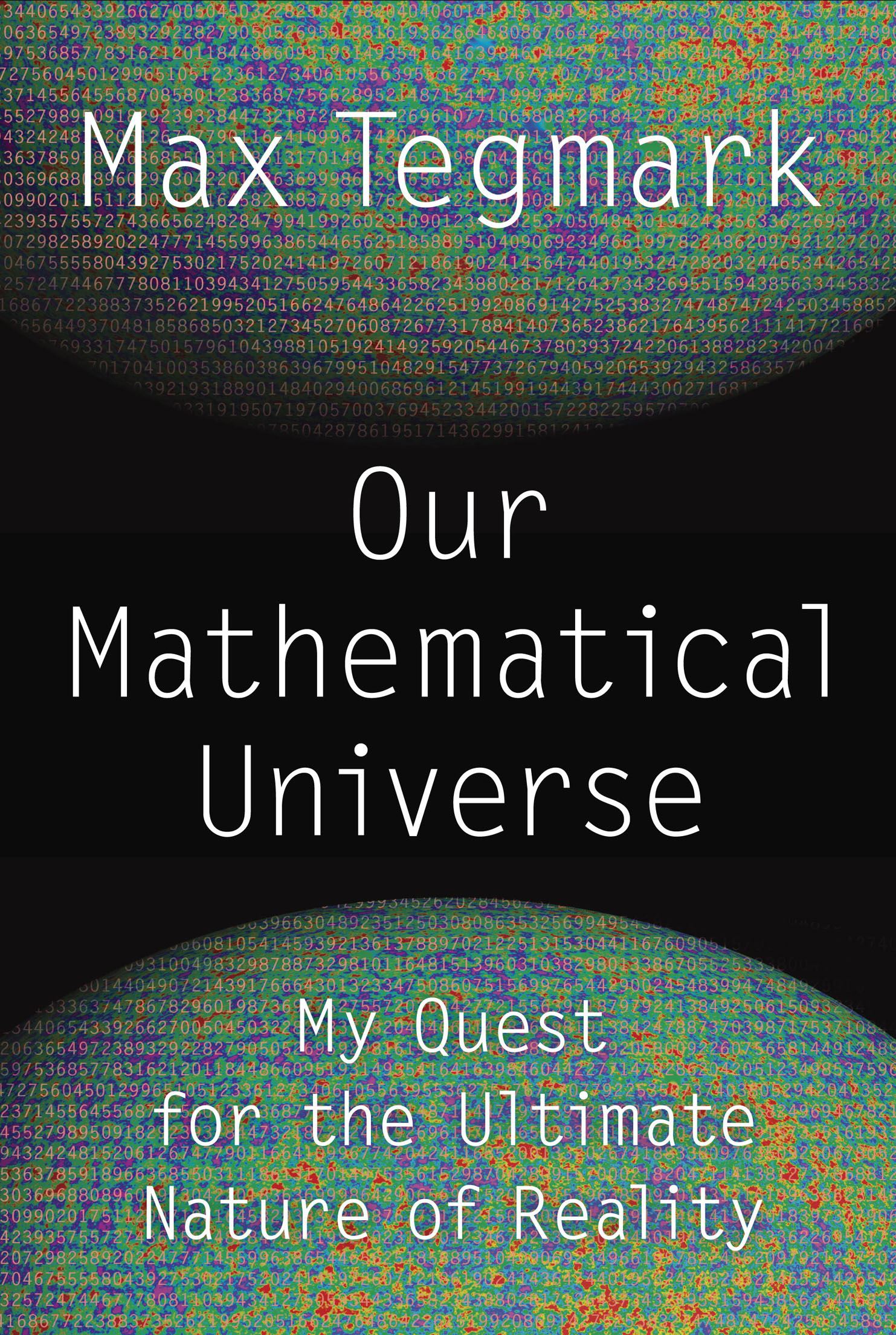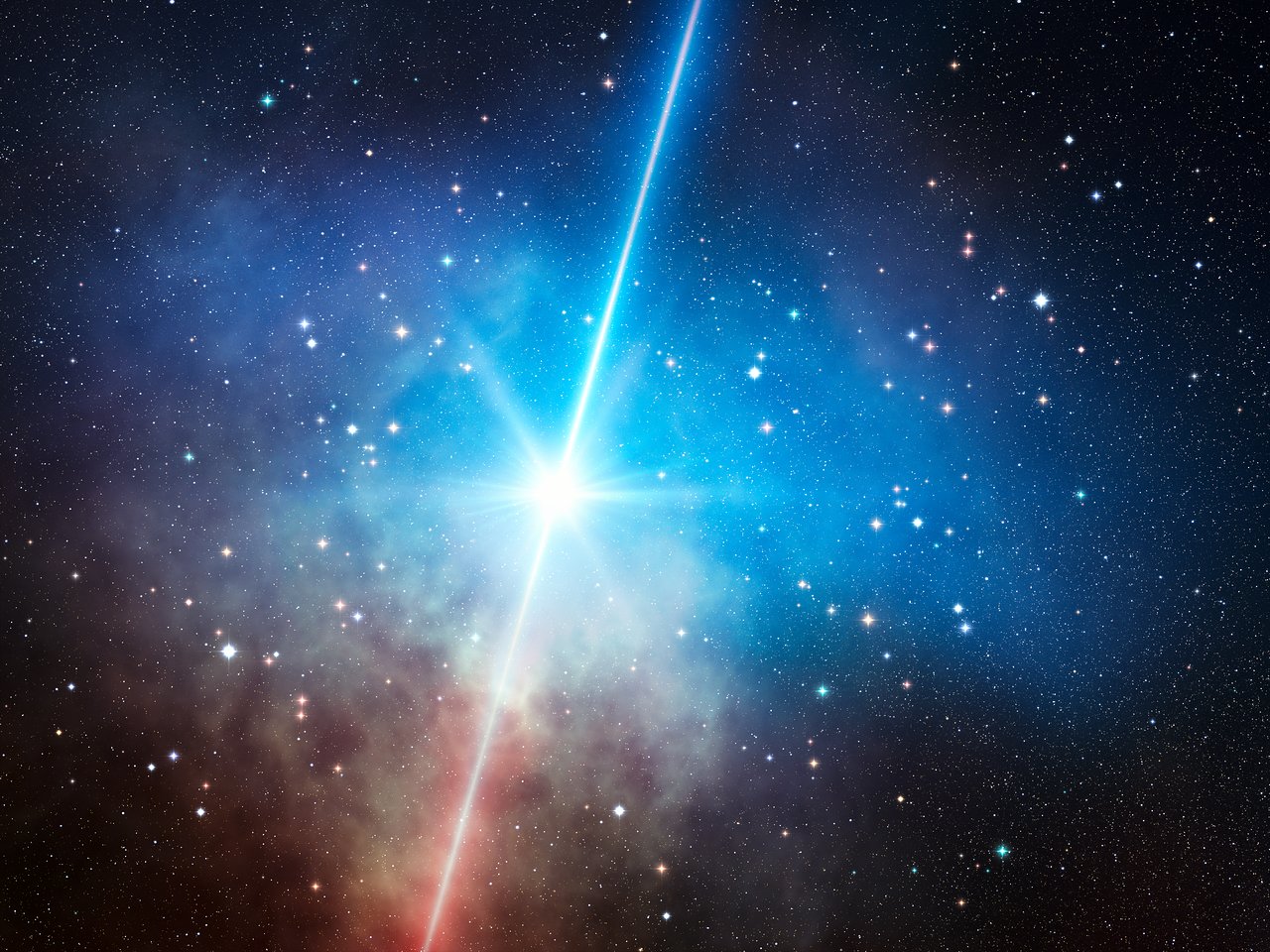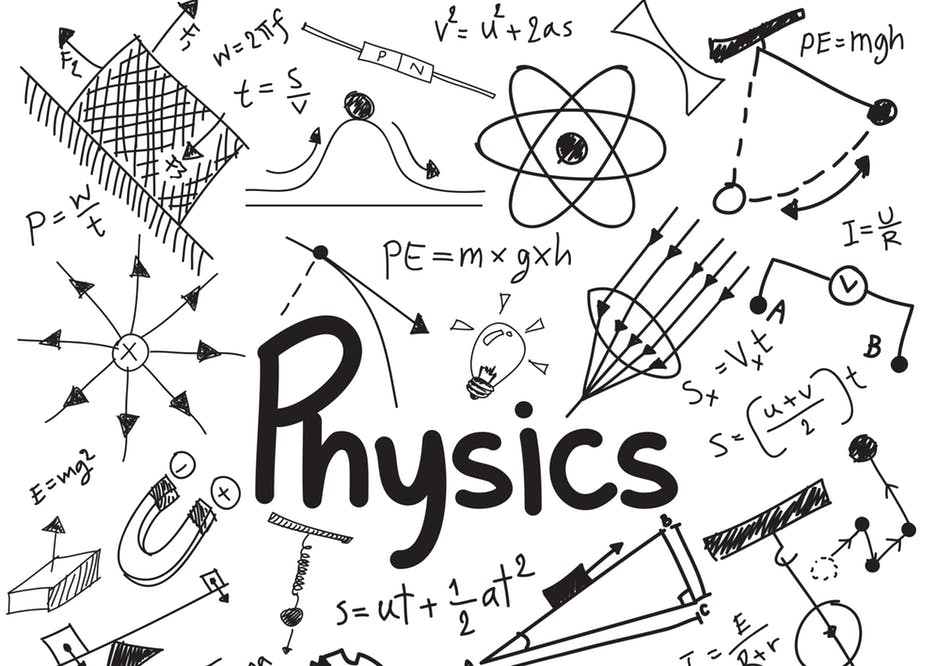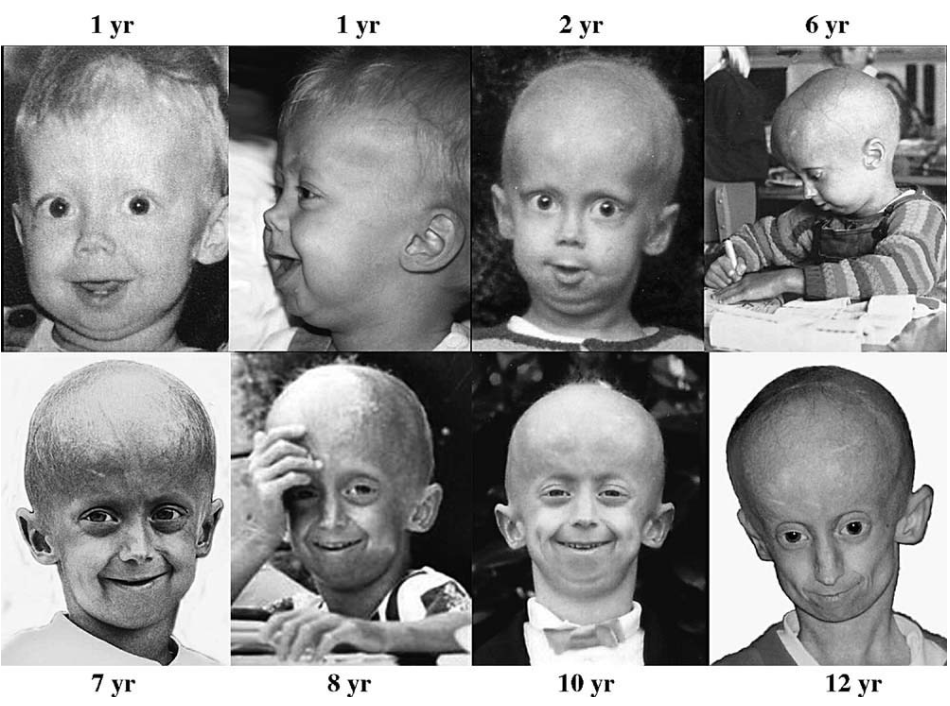By Qingyang Zhang, Y13
While reading Max Tegmark’s book: Our mathematical universe, I was struck by his interpretation of physics, which he perceives as more than just empirical science, but a subtle mix between deductive logic and empiricism. This can be seen in his chapter presenting parallel universes, of which I will discuss two types: (out of at least four), type I, and in next week’s article, type II.
A type I parallel universe is nothing metaphysical. Light has a finite speed, meaning that distant light takes time to reach us. As we look further into the distance, we look back in time, because light from the furthest stars must have been emitted by stars a long time ago. Since the universe has a finite age (13.8 billion years old), we can only observe stars whose light has had the time to reach us. Therefore, humans have a finite sphere of vision, and this forms the observable universe. Any region of space outside the observable universe (but inside the “whole universe”) is defined as a type I universe. The observable universe’s radius is, however, not 13.8 billion light years (the distance light travels in a year) because the universe is constantly expanding.
If we cannot observe type I parallel universes, how do we know they exist? Consider this analogy: on a foggy day, you can only see street lamp A. As you walk on, you observe street lamp B, but street lamp A has disappeared from your sphere of vision. Does that mean that street lamp B didn’t exist until you neared it, and street lamp A ceased to exist after you left it? (If your answer is yes, then we have a different definition of “reality” and “existence”.) Imagine all LGB students holding a sensitive telescope and circling campus. As we move around, the stars we can observe change, and hence our observable universe changes too. The universe outside our observable universe exists without us observing it.
There exists a related paper by Sean Carroll: “Beyond Falsifiability”, in which he argues that Karl Popper’s falsifiability approach – that a theory is scientific if it can be observed to be false – is too simplistic. I believe that classifying scientific theories can be more subtle: unobservable entities unable to be falsified, like type I parallel universes, should still be classified as scientific objects, as their corresponding theory, in this case, the big bang theory, is a scientific theory. Some might argue that humans are special: we live in the centre of the observable universe. However, given our previous example, there is no reason to place humans on a pedestal. That an observer is at the centre of their observable universe is a plain fact. Every observer has a unique sphere of vision, but no observer is more special than the rest. For further discussion on whether humans lie at the centre of the universe, read my article on the Anthropic Principle.



